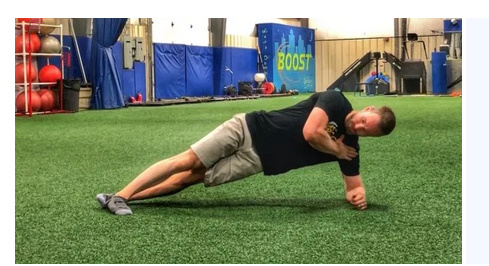Should I be planking daily, or alternate every other day to allow muscle to build?
I’ve restarted planking to help with my core. I’ve been having trouble with my lower back. A couple years ago, I was able to get improvement after some frequent planking, but I didn’t keep doing it. Now I’m getting serious about it again. What principles should I follow here? I’ve been planking again for a couple days and it seems to be helping - but I’d like to optimize the schedule.
I’m good for 45 second planks, sometimes a full minute. I know fitness fiends can go a lot longer but this is what I can do now - and it does seem to be helping.
I’m a 68 YO male, never was athletic or particularly strong. I’m about 5’8" and 144 lb., so not overweight. Been happily eating Keto since June 2018.

